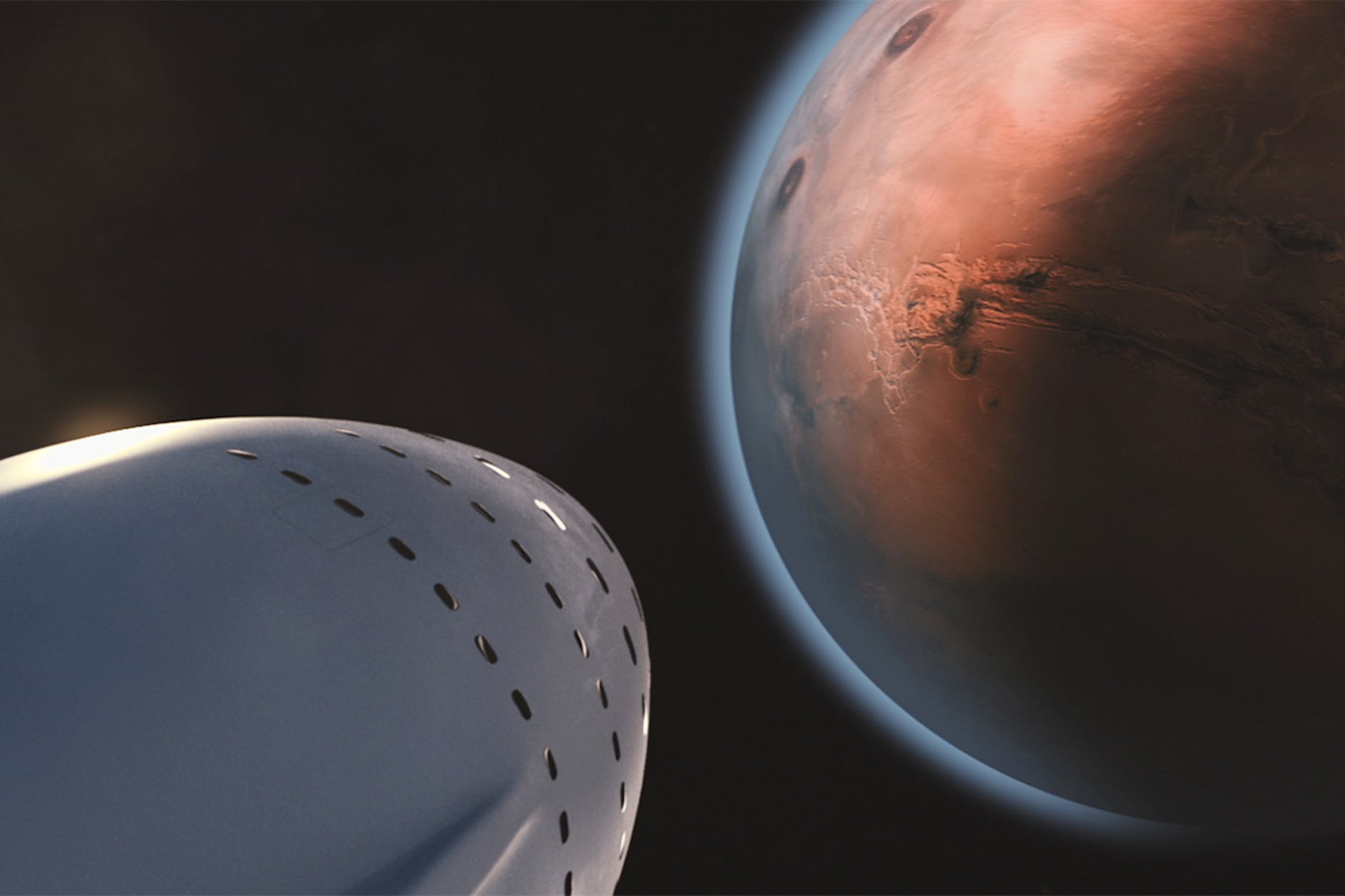Introduction
“In the realm of speculative narratives, Mars stands as an exquisite muse. Its visage is familiar and meticulously examined, yet it maintains a unique allure, dwelling in a distant domain that beckons with fantastical promise.
The cinematic domain has birthed a multitude of science fiction opuses centered upon human odysseys to Mars. The Martian emerges as the most proximate cinematic endeavor that grapples with the intricacies anticipated in humanity’s foray into the ruddy celestial sphere. Yet, it forsakes the discourse on space radiation, arguably the most formidable adversary confronted by intrepid astronauts.

Chandrayaan-3 has gracefully alighted upon the lunar expanse, stoking the flames of anticipation for India’s forthcoming exploits. Among these aspirations, the prospect of a terrestrial emissary venturing to Mars claims ascendancy. The Indian Space Research Organisation’s initiation of the Mars Orbiter Mission in 2013 remains an indelible testament. Simultaneously, NASA has propelled Perseverance onto the stage, a diminutive robotic aeronaut christened Ingenuity, accompanied by an entourage of ancillary conveyances, all harmonized within the ambit of NASA’s Mars Exploration Program. While diverse nations, India at the helm, labor assiduously over sundry Martian ventures, the ultimate milestone of dispatching a human envoy to the ruddy orb eludes realization.
Also Read: Black hole can speed through the universe at 17,500 miles per second: New discovery
Elon Musk, luminary CEO of SpaceX, proclaims a grandiose vision: ferrying a million souls to Mars by the year 2050. However, the sagacious wisdom of NASA’s Dr. Michelle Thaller casts a somber shade upon this ambition. The existing technological prowess, she contends, remains unequal to the task of safeguarding astral wayfarers against the inexorable wrath of radiation unleashed by solar flares and coronal mass ejections. The journey’s terminus, alas, would be marked by the lament of extinguished life rather than the jubilant arrival envisaged.

Radiation Presence on Mars
Radiation’s omnipresence within the cosmic tapestry is an undeniable verity. Earth’s protective mantle, the ozone stratum, efficaciously absorbs the stochastic emissions. Yet, when the solar crucible convulses in the form of solar flares or coronal mass ejections, the celestial expanse becomes a crucible of amplified peril.
A recent revelation has illuminated an interplay betwixt Neptune’s expiring nebulous shrouds and the ascendant solar activity. If the Sun’s reach can extend to Neptune, a remote sentinel ensconced at the outermost fringes of our solar dominion, the interstitial space between Earth and Mars becomes an arena of latent vulnerability. Dr. Thaller’s sagacity, relayed through The US Sun, underscores this cosmic connectivity. The malevolent radiation, a harrowing miasma, bequeaths a legacy of radiation-induced enervation, the specter of diverse malignancies, the scourge of degenerative and hereditary maladies, and ultimately, the usurpation of vitality itself.

In solemn candor, NASA’s Stan Love avers that the aspiration to inaugurate a human settlement upon Mars by 2050 is a chimera unfounded, unless the annals of human innovation bequeath unto us a hitherto unbeknown panacea, a technological leviathan capable of deflecting the specter of death that radiation portends.”
Also Read: India’s Chandrayaan-3 Epic Lunar Stroll: Moon Rover Takes Historic First Steps Near South Pole







